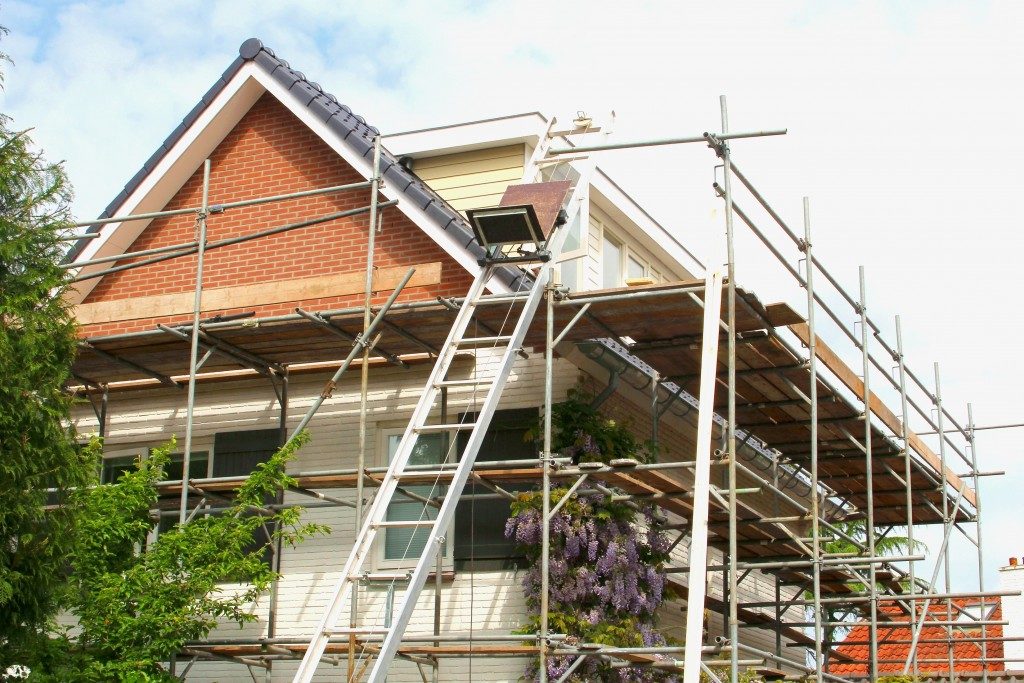An energy-efficient home is cost-effective and incredibly resilient against changing climate conditions. It’s also a way to limit carbon emissions and save energy. If you’re building a new home from the ground up, you have the opportunity to make it as energy-efficient as possible. The best way to do that is to use high-performing and innovative sustainable materials that accelerate energy-efficient design. Here are just several that you can consider:
Insulated Roofing
Insulated roofing can keep your home warmer during the winter and cooler in the summer. This results in a significant decrease in your energy usage as well as a reduction in the cost of your energy bills. In addition to these benefits, insulation can also provide health benefits by reducing condensation and eliminating the growth of mould and damp. Having insulated roofing installed by trustworthy builders in Brisbane will guarantee you incredible durability for your home, energy bill savings, installation and operation costs, quick construction, and energy efficiency.
Plant-based Polyurethane Foam
Plant-based polyurethane foam is a much better alternative to fiberglass and polystyrene insulation. It’s a highly sustainable option that’s made from natural materials such as bamboo, hemp, and kelp. When it’s used for insulation, it offers heat resistance, high moisture, and protection against mold and pests.
Recycled Steel
Steel is one of the most recycled materials on earth, with two out of three tons of new steel recycled from old steel. It also releases fewer unsafe CO2 emissions than any other building material and uses significantly less energy. When it comes to durability, steel is unmatched, which makes it a great material if you’re in an area that has unfavorable weather conditions or is earthquake-prone.
Bamboo Plywood

Bamboo plywood is a sustainable resource that’s not just energy-efficient, but also aesthetically pleasing. You can use this material for cabinetry, flooring, and furniture covering. This is an all-natural and non-toxic material that can add a sense of sophistication and elegance to any home, and it’s also much easier to work with than hardwood or laminate.
Spray Foam Insulation
Another alternative to fiberglass and polystyrene insulation is spray foam. This is a much better insulation substitute since it’s able to trap more conditioned air in your home and reduces leakage. This results in less energy use in your household throughout the year. Spray foam also doesn’t produce any toxic emissions when used.
Straw Bales
Straw bales are an incredibly resilient material that’s been used for thousands of years as bedding and roofing materials. There’s a good reason for that. Not only is it durable, but it also has excellent insulation properties. This can be used as an insulation material, but also as load-bearing structural support to a building. You can use this if your house has outdoor structures, like a barn or an outdoor garage. If you maintain them well and keep them dry, straw bales can last you centuries and can also bond well to plaster and render.
An energy-efficient home is not just good for the environment, it’s also good for your savings too. Given all these benefits, there’s just no reason you shouldn’t invest in making sure your home is energy-efficient.


